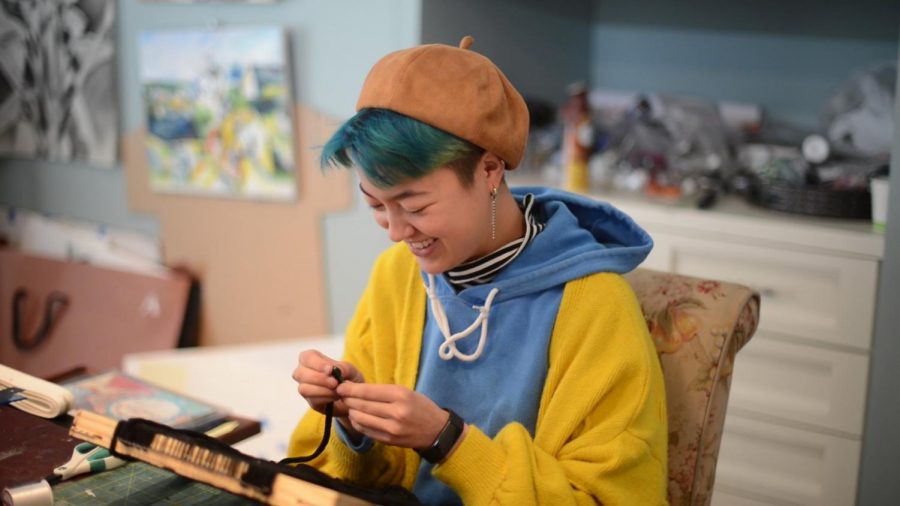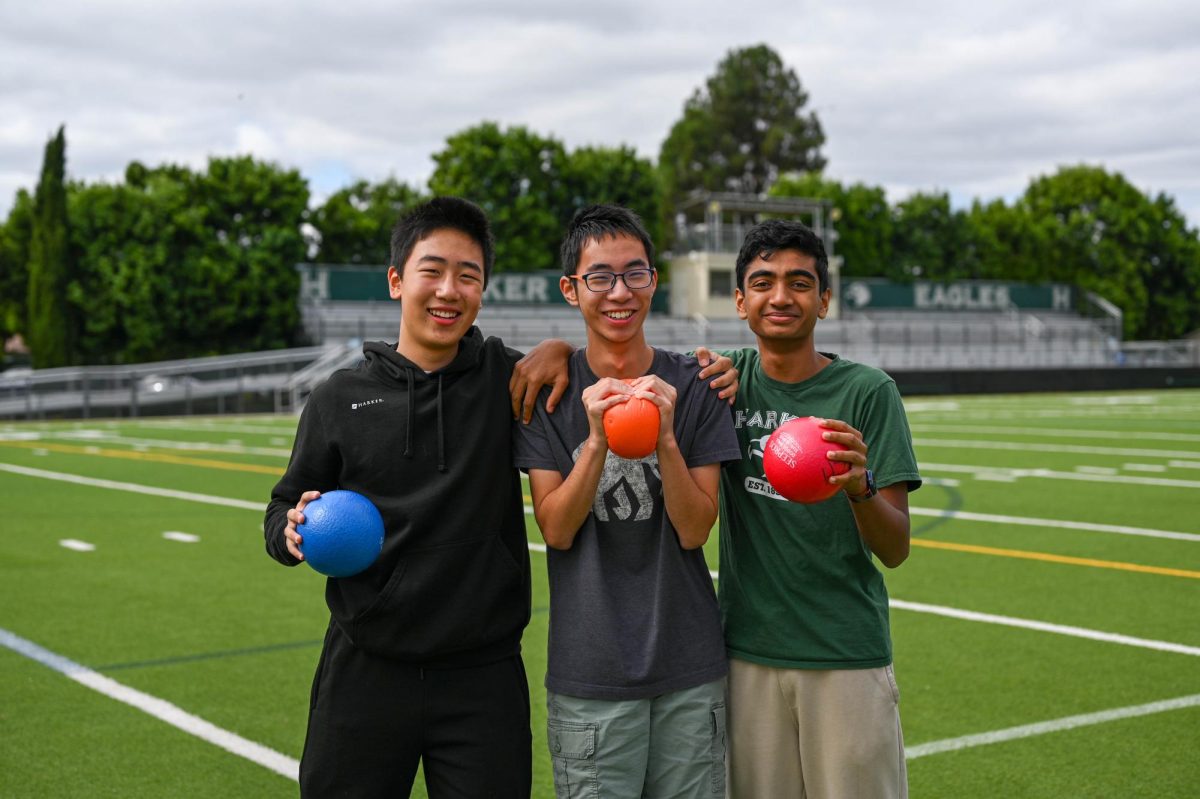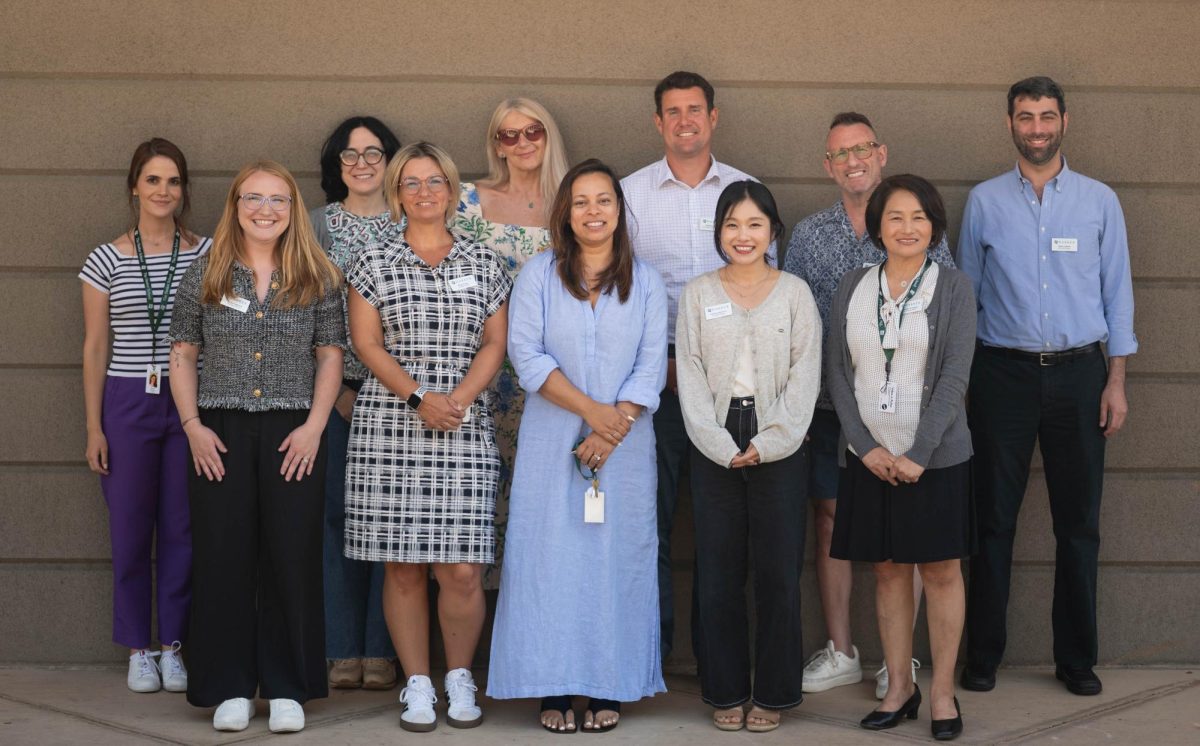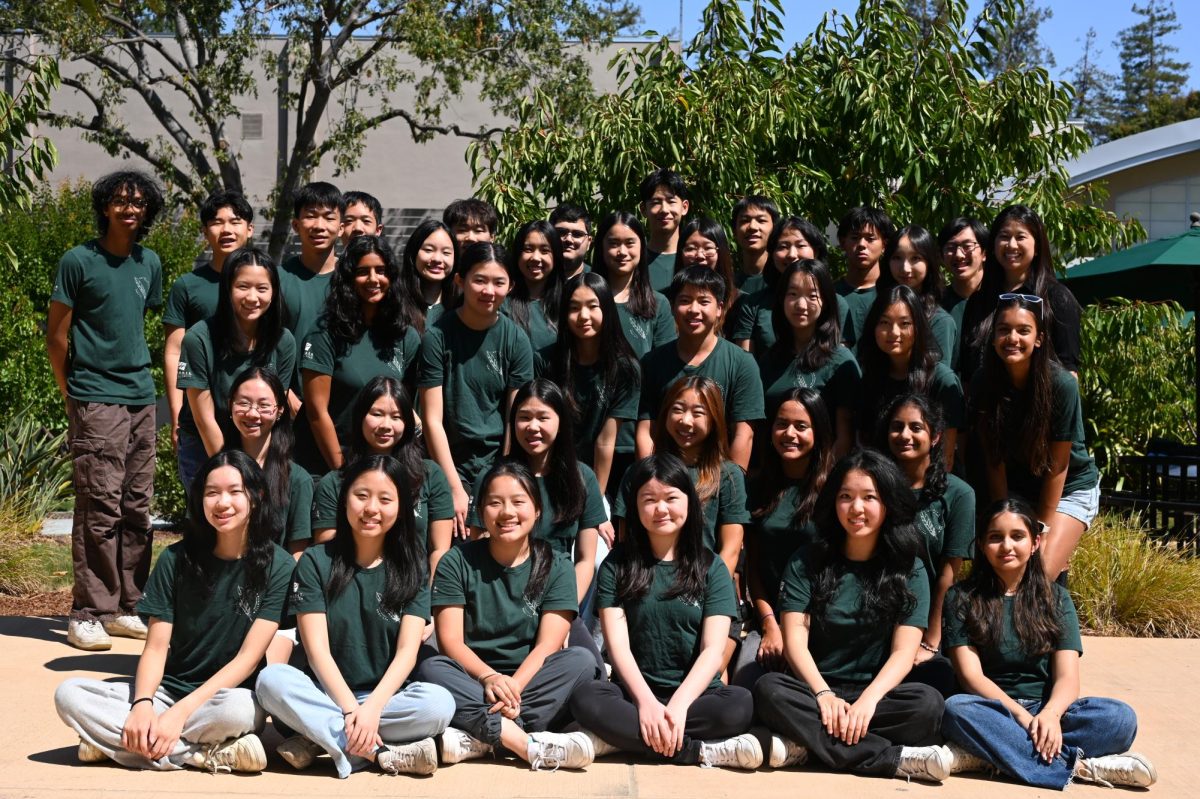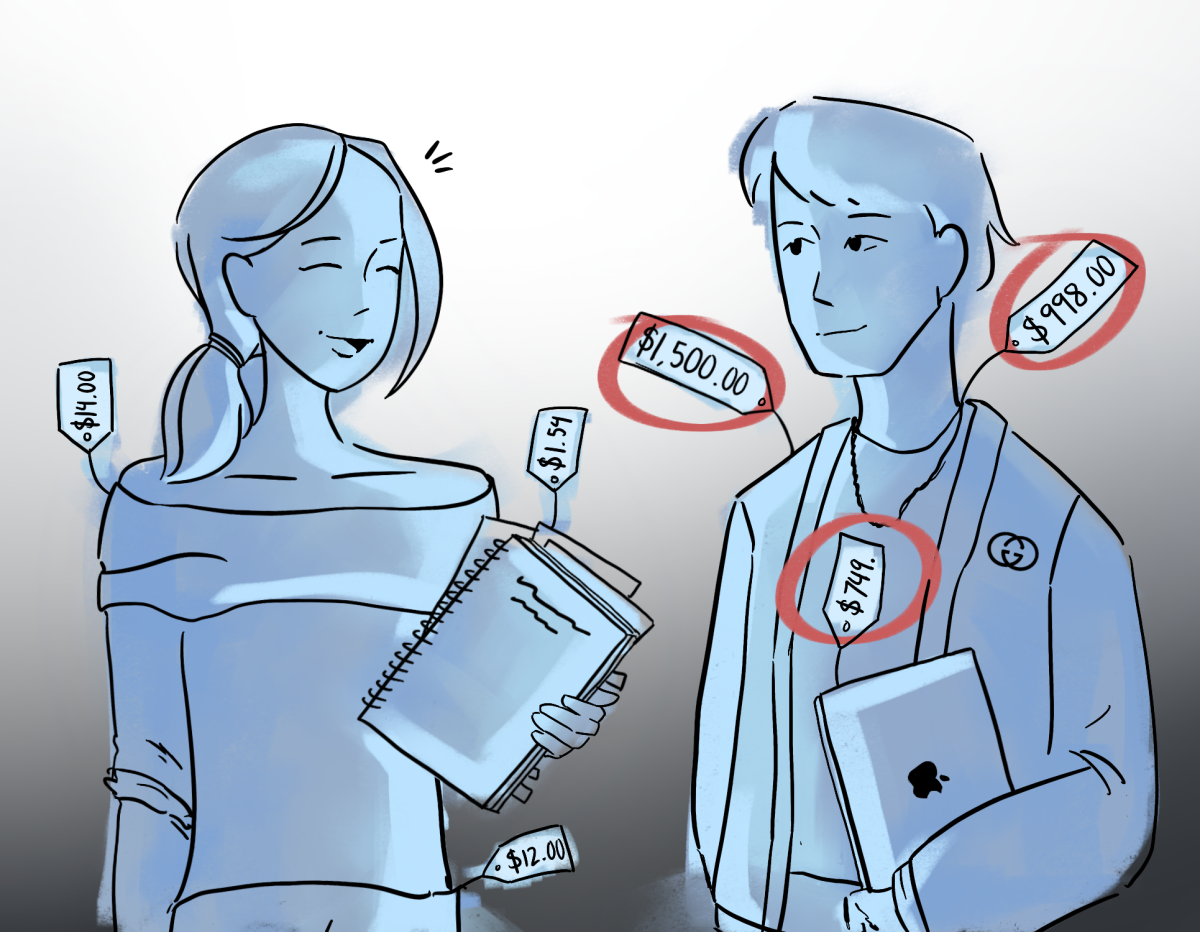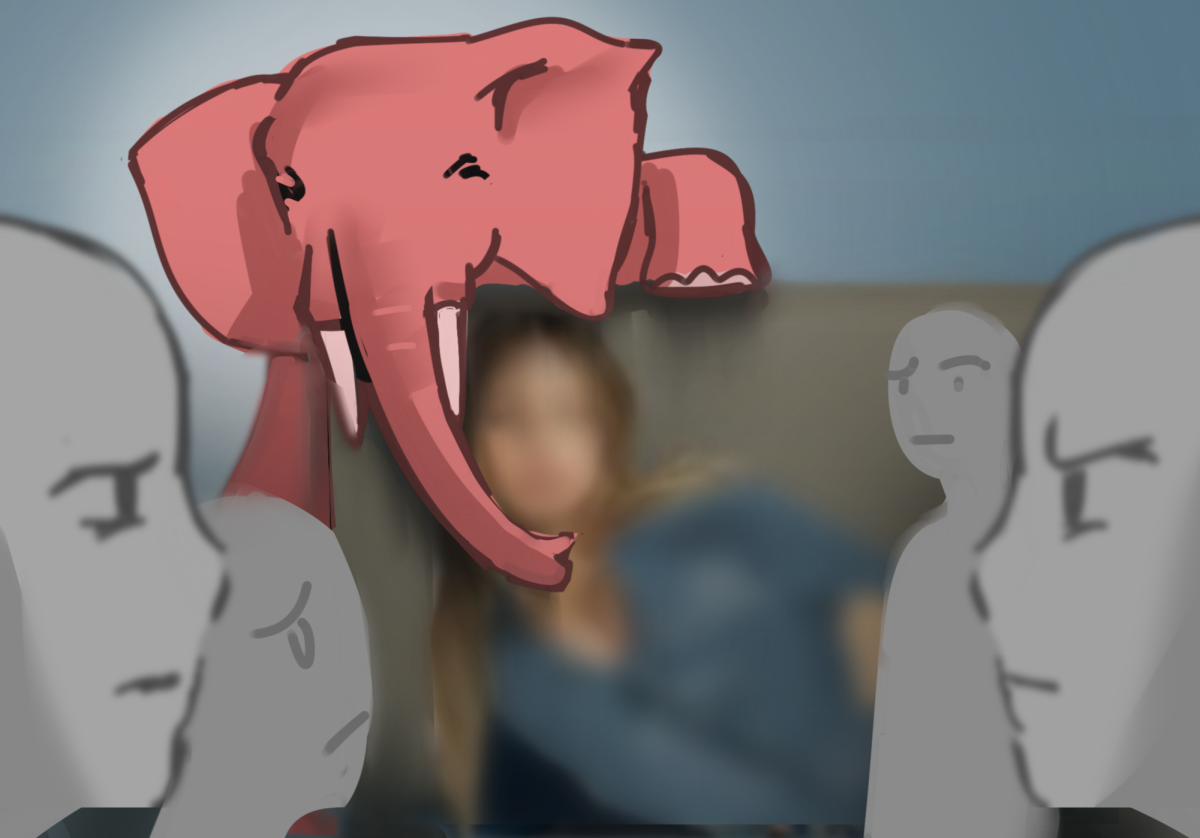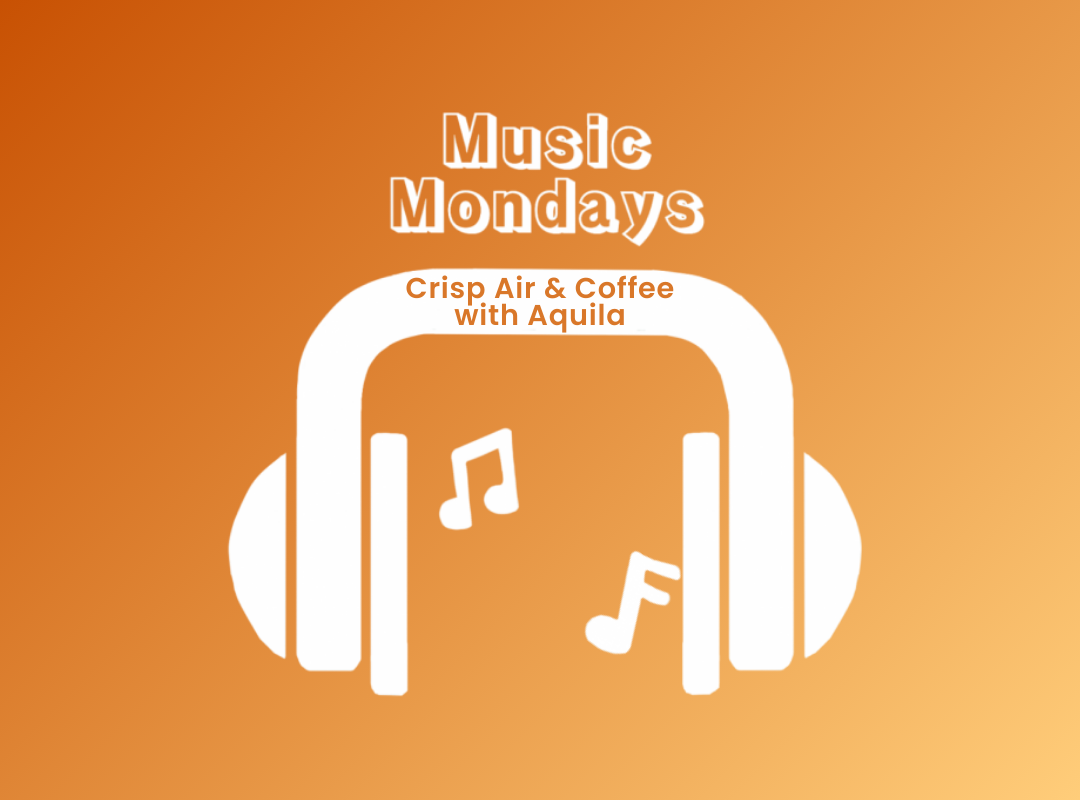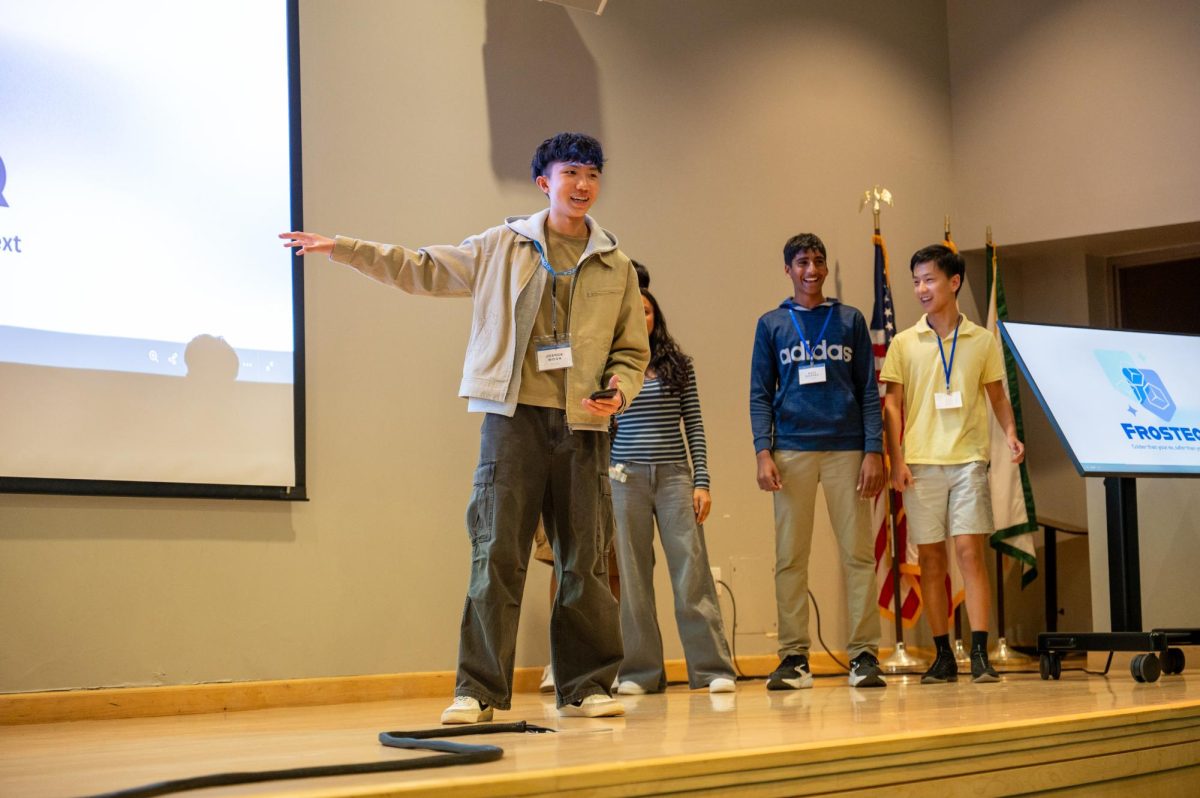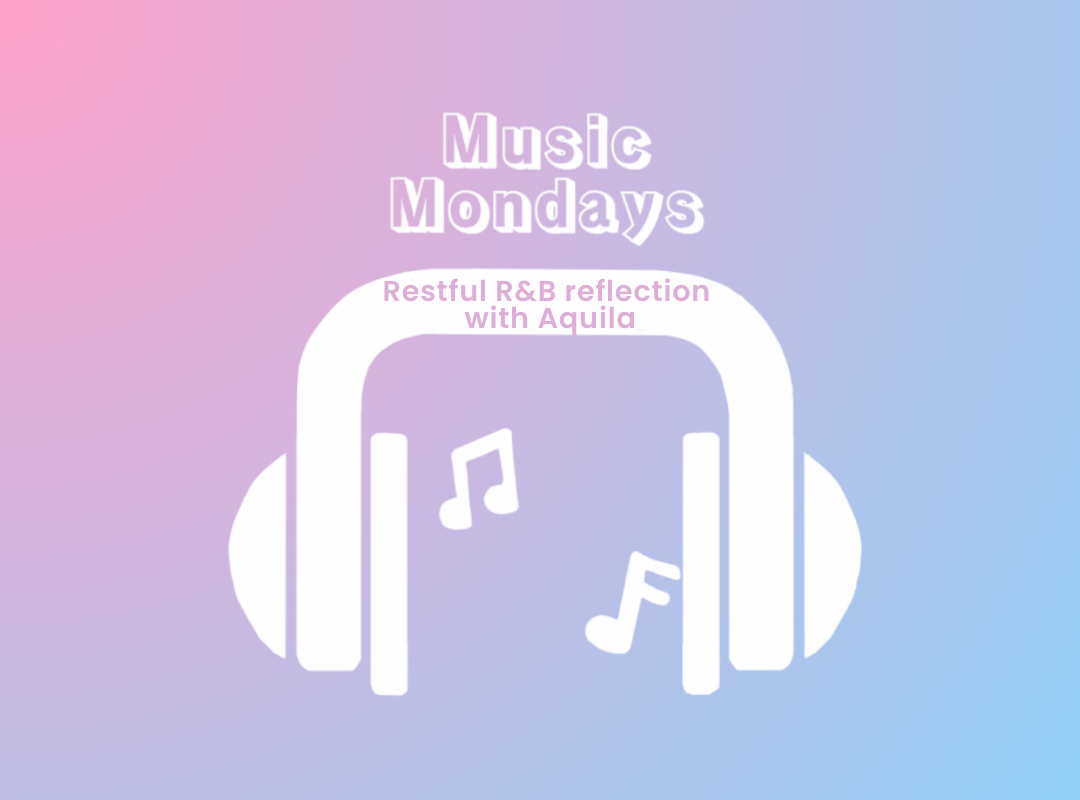Frustrated, the student shuts his laptop and walks away from his desk, exasperated at the inadequacy of Google Talk to help him study for the test. I’ll never pass this test, he thinks dejectedly.
Enter Stoodle, a real-time Internet teaching and collaboration tool that was founded by Arjun Mehta (11), the president; Divyahans Gupta (11), VP of Engineering; Simar Mangat (12), VP of marketing; and Maverick McNealy (12), advisor. Stoodle has become a way for many students to review for tests and explain difficult concepts to their classmates.
The variety of features present in this software include a LaTeX equation editor, free-form input, text input, live chat, drawing tools, and the ability to voice chat. A particularly innovative feature is real-time file sharing, in which the moderator of the session can upload a document to the Assets area for all others to access.
Many teachers find this software useful because it enables peer-to-peer teaching and learning. This interaction can add a lot of value to the classroom by encouraging open discussion of particularly difficult problems.
Arjun conceived the idea early in his sophomore year and thought that it would help public school students receive the same type of teaching as those who go to private schools. He reasoned that it would be able to connect private school teachers and public school students.
“I went to a public school in my freshman year, and I came to Harker for my sophomore year,” he said. “Obviously there’s a big difference because we have more opportunities and better-quality teachers, so I [wanted] to help bridge that gap between public and private school.”
To cope with the difference in material taught and styles of teaching, he created something called Instunet (Interactive Student Network). In order to help his idea gain traction, he approached fellow junior Divyahans and seniors Simar and Maverick, all of whom had faith in the idea and wanted to be a part of its development.
Divyahans explained how the software works.
“Stoodle is primarily Flash-based, but we are looking to expand it to HTML5 so that it can work on an expanded range of mobile devices,” Divyahans said.
After refining the software and renaming it to Stoodle, the team presented its idea to CK-12, an educational organization that provides free, customized, open-source material to teachers and students that concurs with California standards.
“We presented to [CK-12], and we were looking for advice; we weren’t sure where to go, we just did it,” Simar said. “And as soon as we finished, they said ‘we have an office for you, we’ll give you funding and resources to help take it forward,’ and that was an amazing feeling.”
According to Simar, Stoodle has also been implemented in other schools in this process of expansion, such as Leadership Public School and the Nueva School. The teachers at these schools, he added, especially like to use this software to teach science and math.
As the appeal of Stoodle grows, the team is also looking for other organizations to distribute their software.
“One of our other major goals is to expand our partnerships with non-profits,” Maverick said. “My father is starting an educational non-profit, and I hope that we can use this as a springboard to pitch our ideas to other companies and thus increase the impact of our program.”
However, creating Stoodle was not accomplished without its fair share of hurdles. According to Divyahans, they ran into many technical difficulties during the production of the software, the foremost being the difficulty in selecting a framework around which to build Stoodle. To seek solutions, they sought help from an engineer at the CK-12 foundation.
Nevertheless, according to Simar, the group maintained a positive outlook throughout the development of this software. He felt they succeeded despite the numerous roadblocks.
This is especially evident, all the four agreed, in the attitudes of their fellow classmates before finals.
“A lot of our friends have been coming to us and saying, ‘Stoodle helped us a lot in studying for finals and those end-of-semester tests,’” Simar said.
He added that it makes them feel glad that their creation is being received so positively.
Students such as Alan Guo (10) really appreciate the value that Stoodle has brought them while studying for tests and doing homework.
“I can prepare for tests so much more effectively with Stoodle,” Alan said. “The whiteboard and online resources at my disposal often do wonders for my studying habits.”
Nikhil Parmar (9) echoed this sentiment.
“[Stoodle] is a [..] good resource to help understand things that you may not [already understand],” Nikhil said in an email response.
However, he believes that the software could use some improvement.
“[The developers] should try to eliminate the lag. Also, they should try to make the software a little more user-friendly,” he said.
The team hopes to introduce the fledgling software into other schools and thus expand the reach of this learning tool.
The Students as Content Creators (SACC) project is an ongoing series of articles that relate the process of young people producing their own ideas in various areas of business, science, art, music, theater, and more. Some stories also examine potential conflicts that may arise due to ownership issues.
The SACC symbol used in this article is a derivative of the trademarked Creative Commons logo.

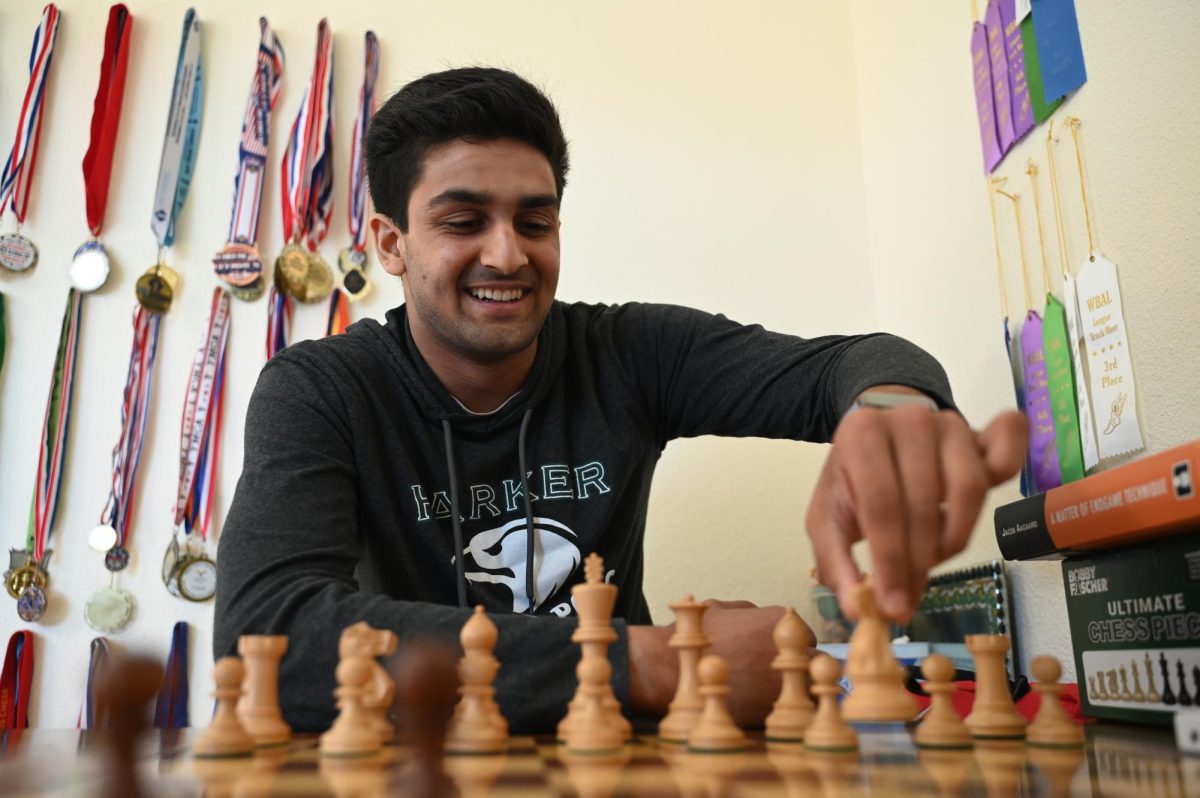
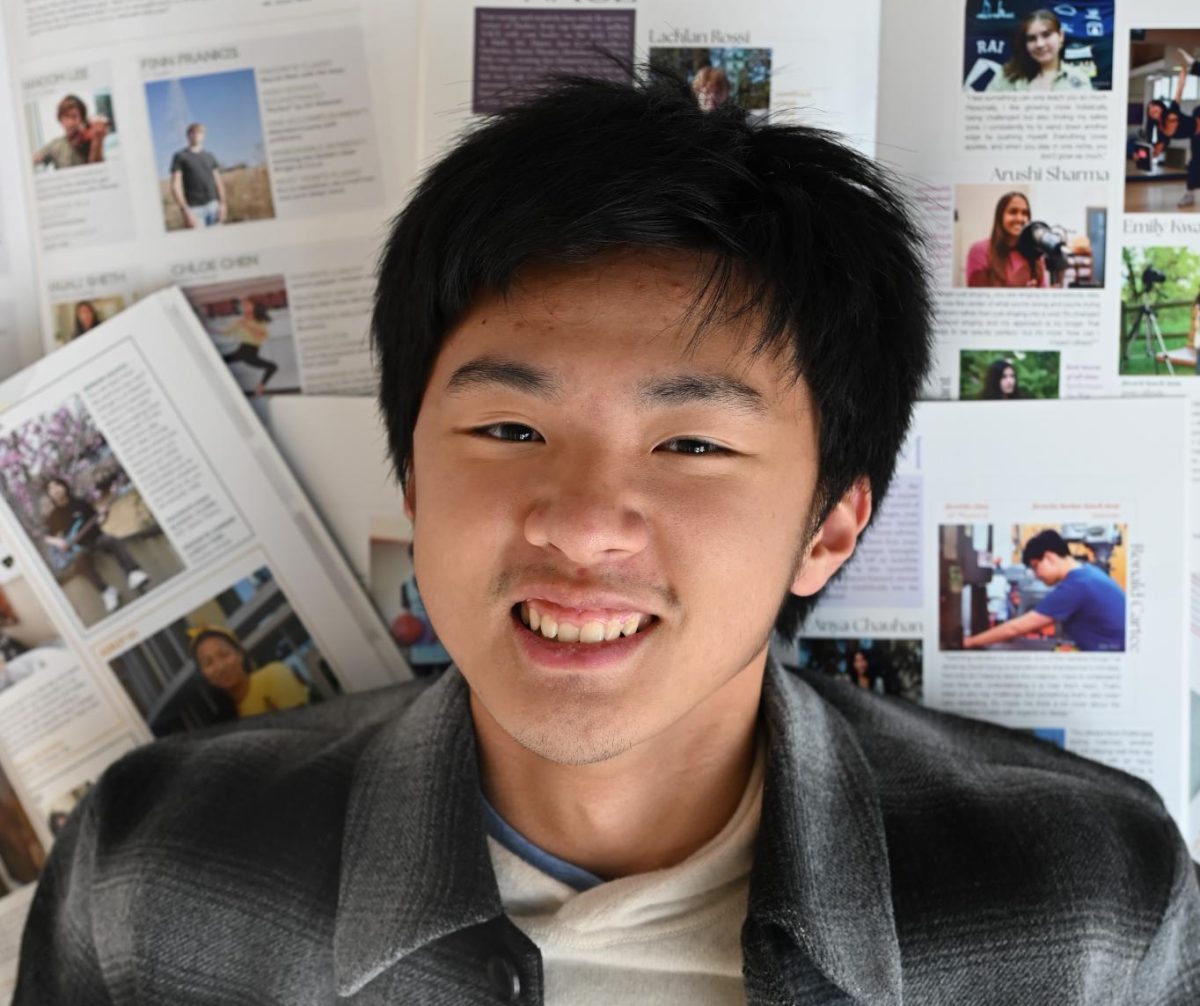

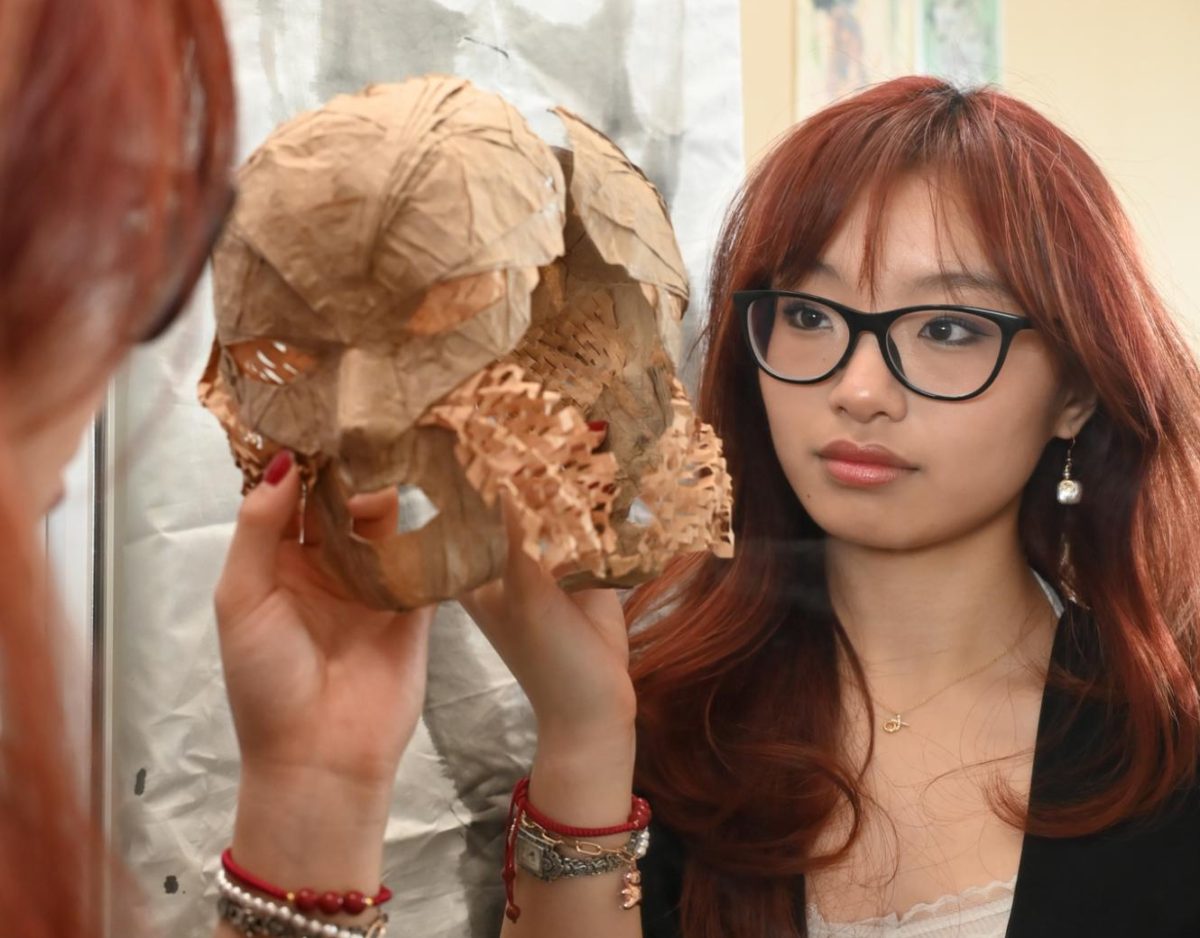
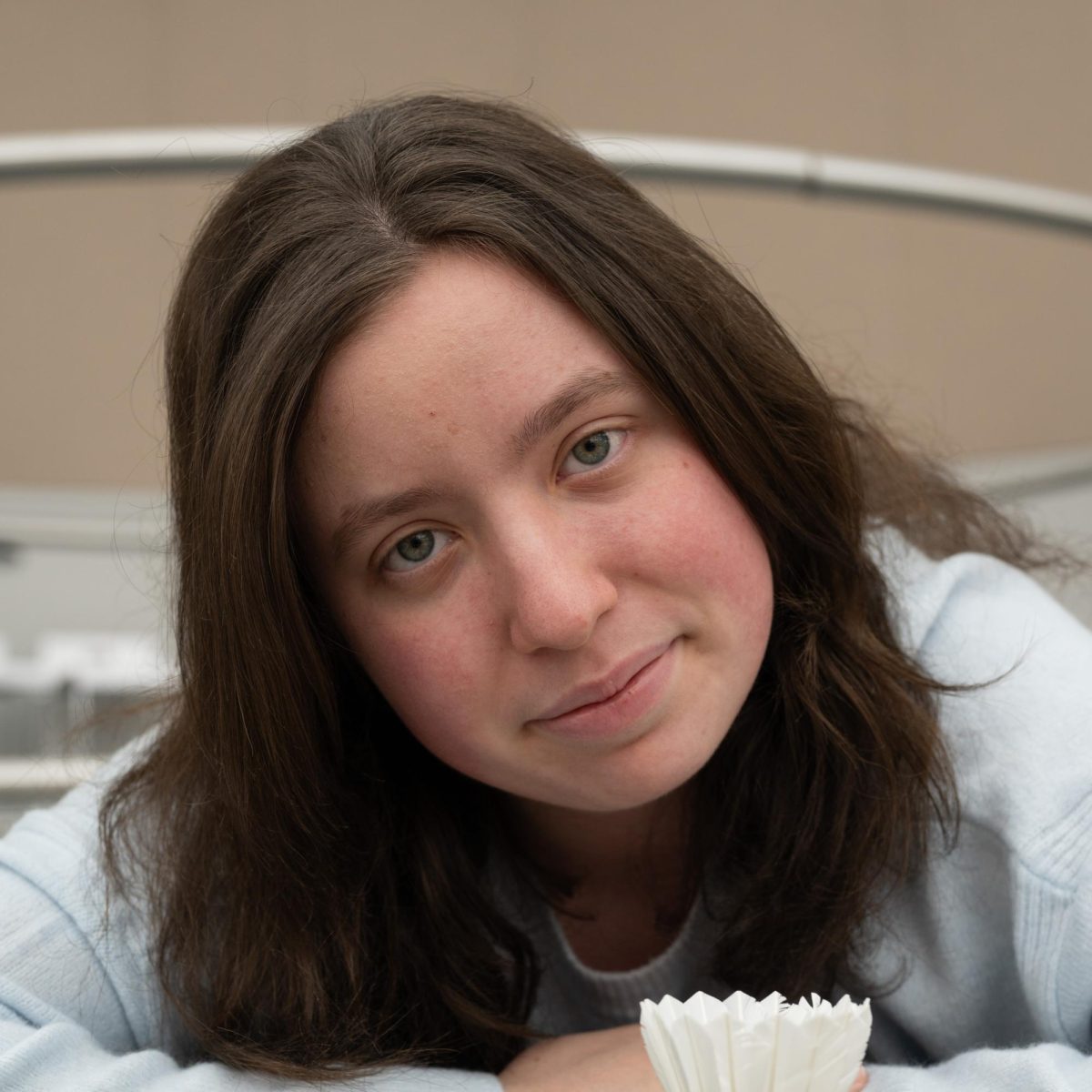



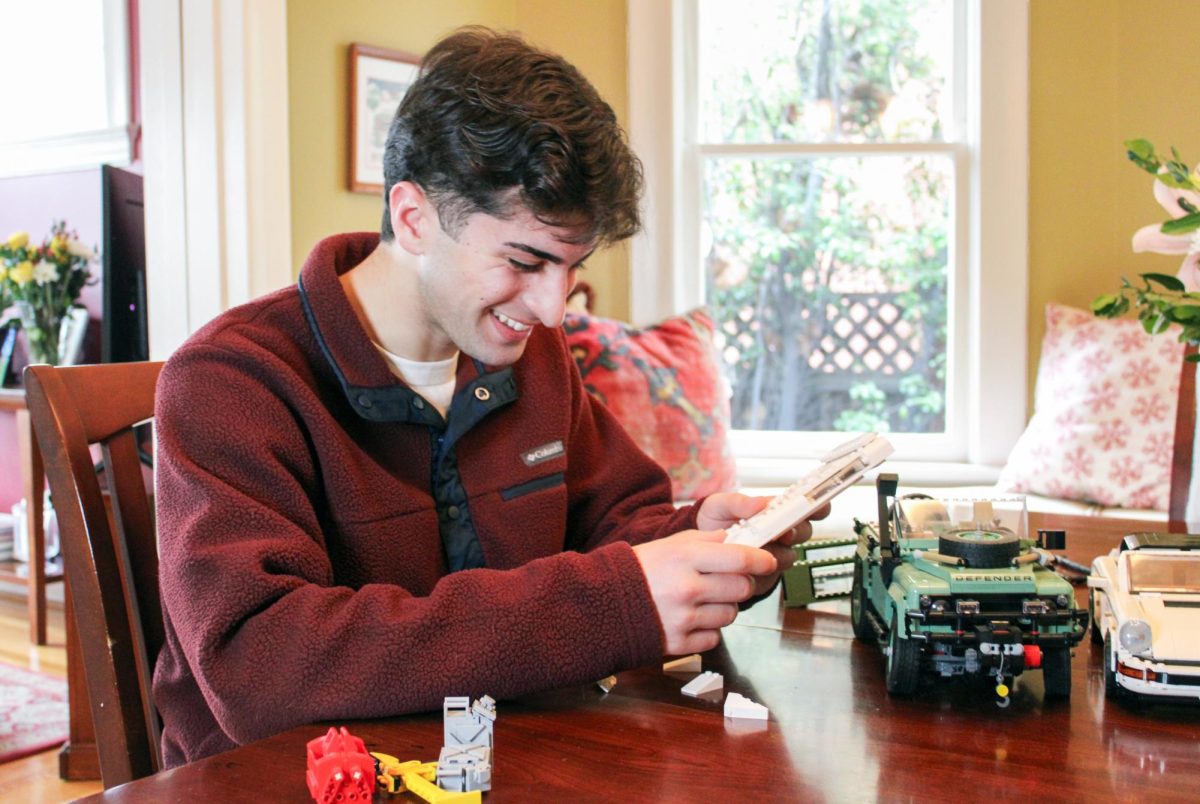

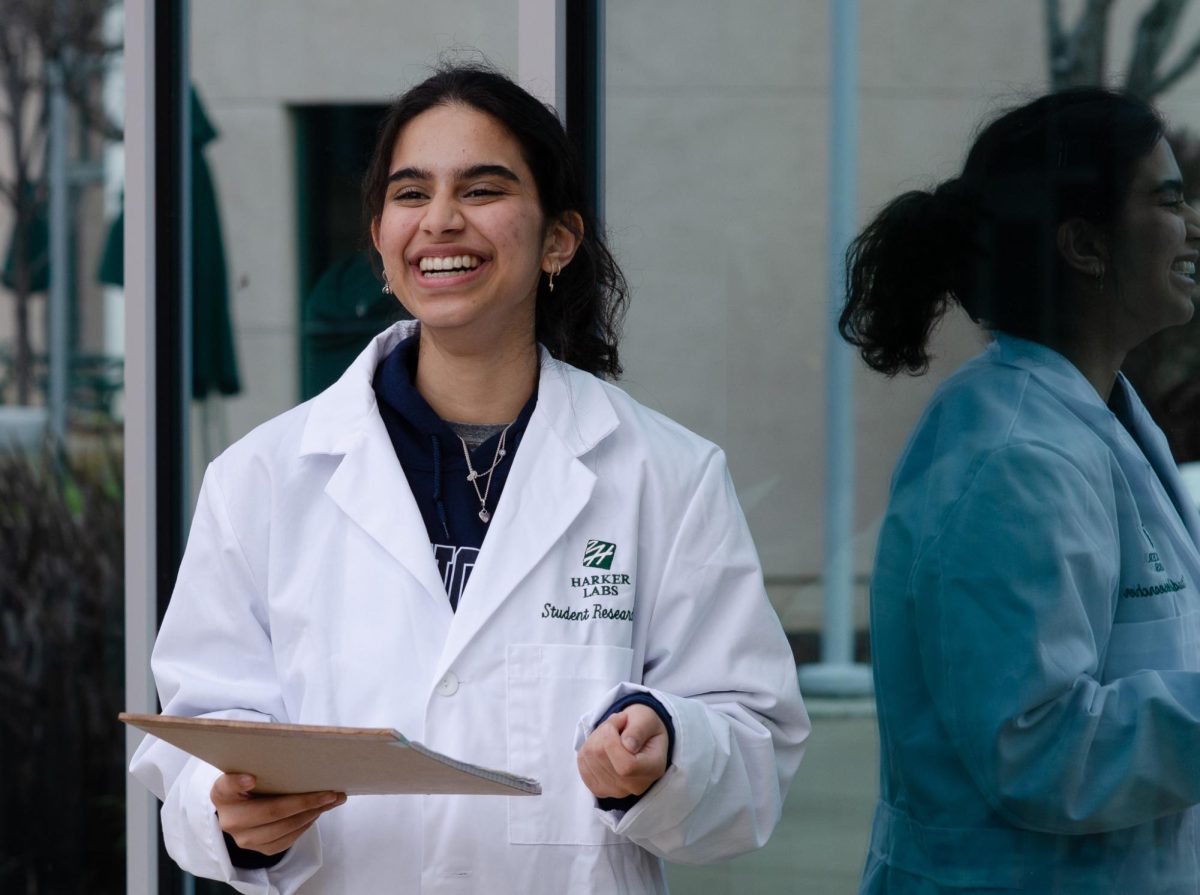
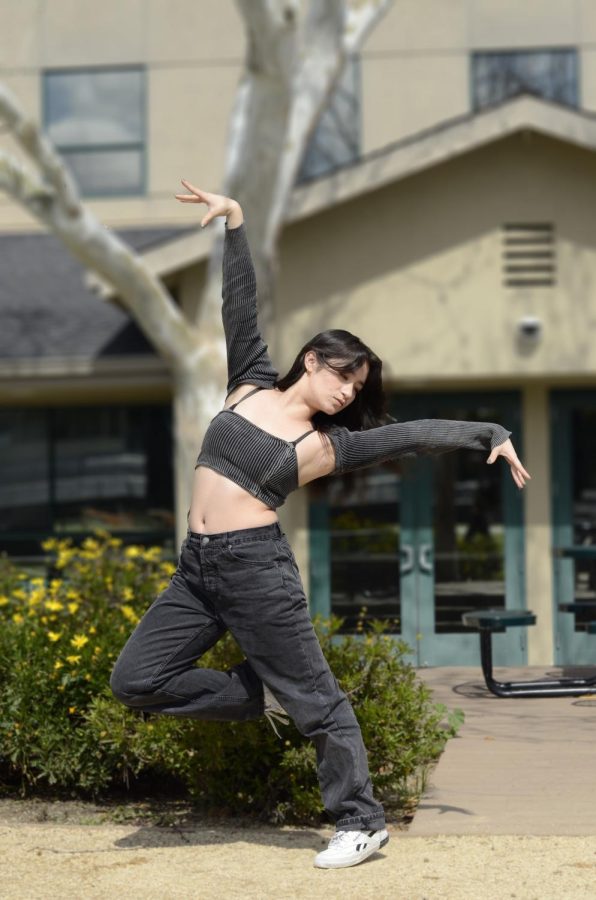




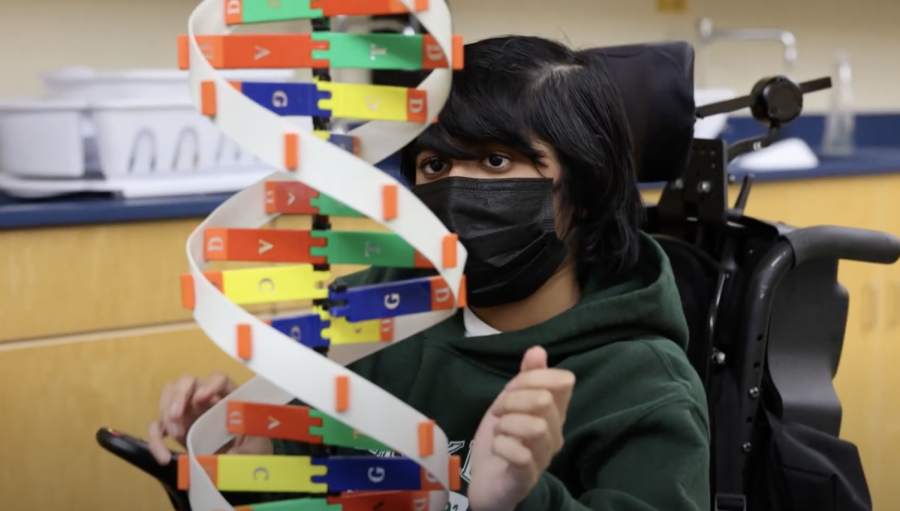
![“[Building nerf blasters] became this outlet of creativity for me that hasn't been matched by anything else. The process [of] making a build complete to your desire is such a painstakingly difficult process, but I've had to learn from [the skills needed from] soldering to proper painting. There's so many different options for everything, if you think about it, it exists. The best part is [that] if it doesn't exist, you can build it yourself," Ishaan Parate said.](https://harkeraquila.com/wp-content/uploads/2022/08/DSC_8149-900x604.jpg)
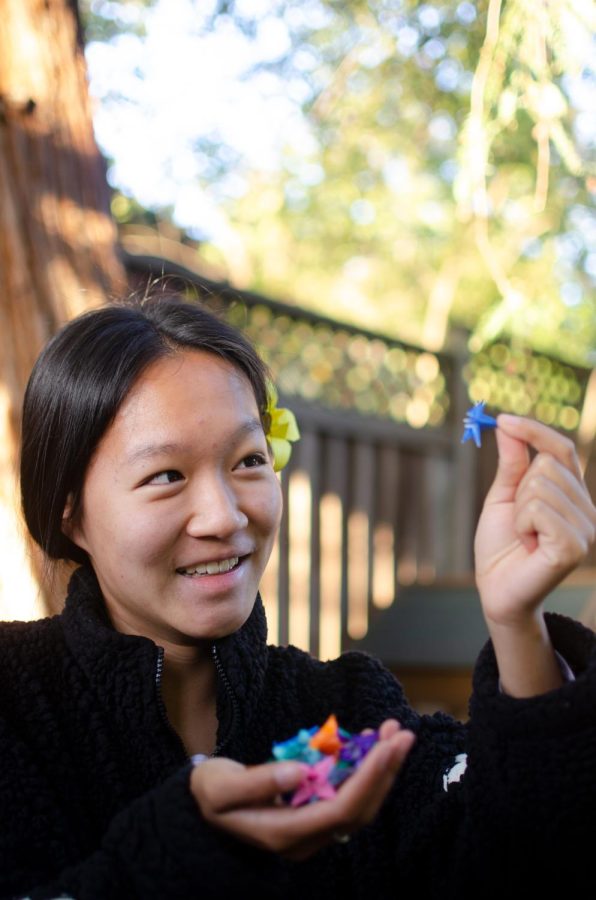


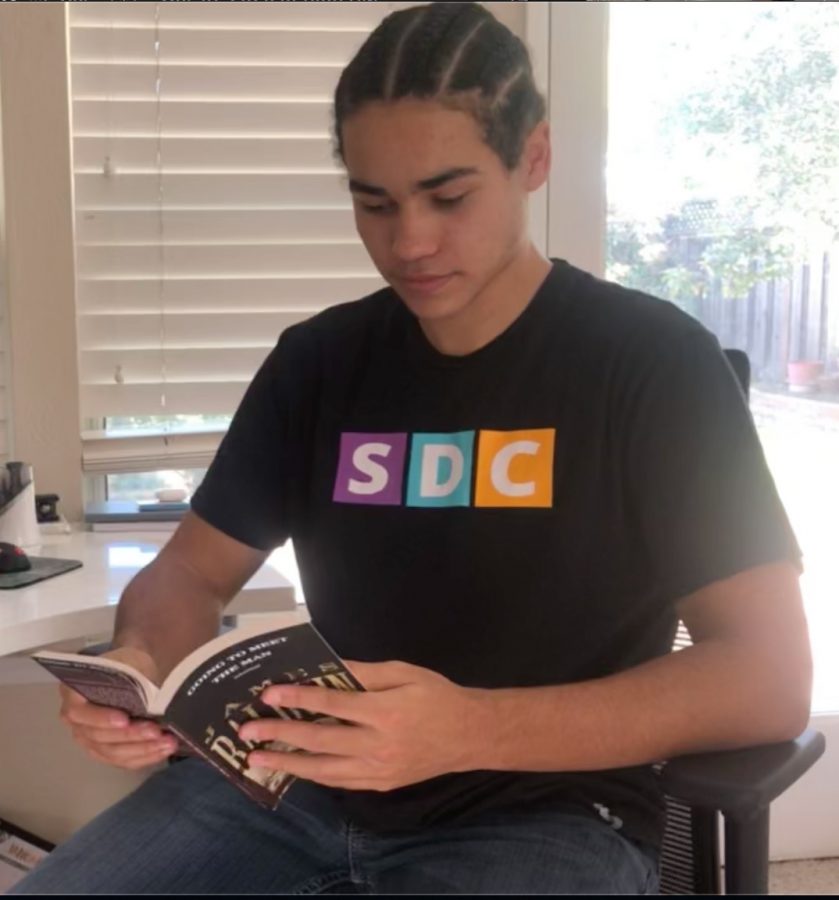
![“When I came into high school, I was ready to be a follower. But DECA was a game changer for me. It helped me overcome my fear of public speaking, and it's played such a major role in who I've become today. To be able to successfully lead a chapter of 150 students, an officer team and be one of the upperclassmen I once really admired is something I'm [really] proud of,” Anvitha Tummala ('21) said.](https://harkeraquila.com/wp-content/uploads/2021/07/Screen-Shot-2021-07-25-at-9.50.05-AM-900x594.png)
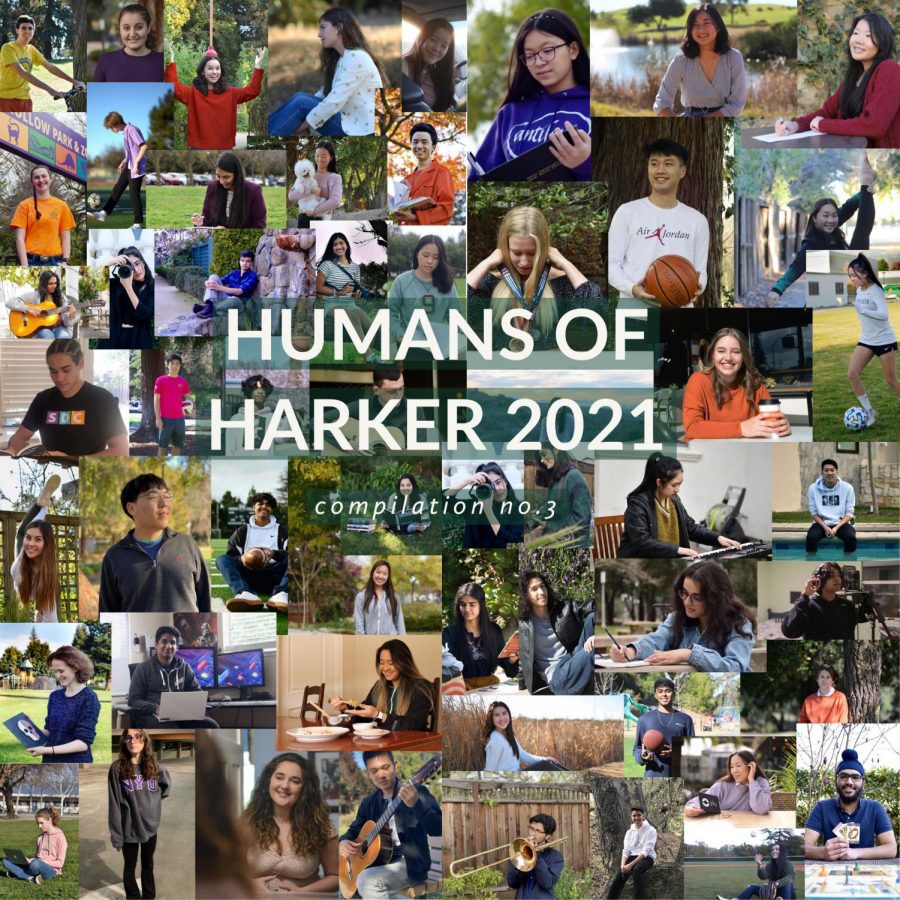
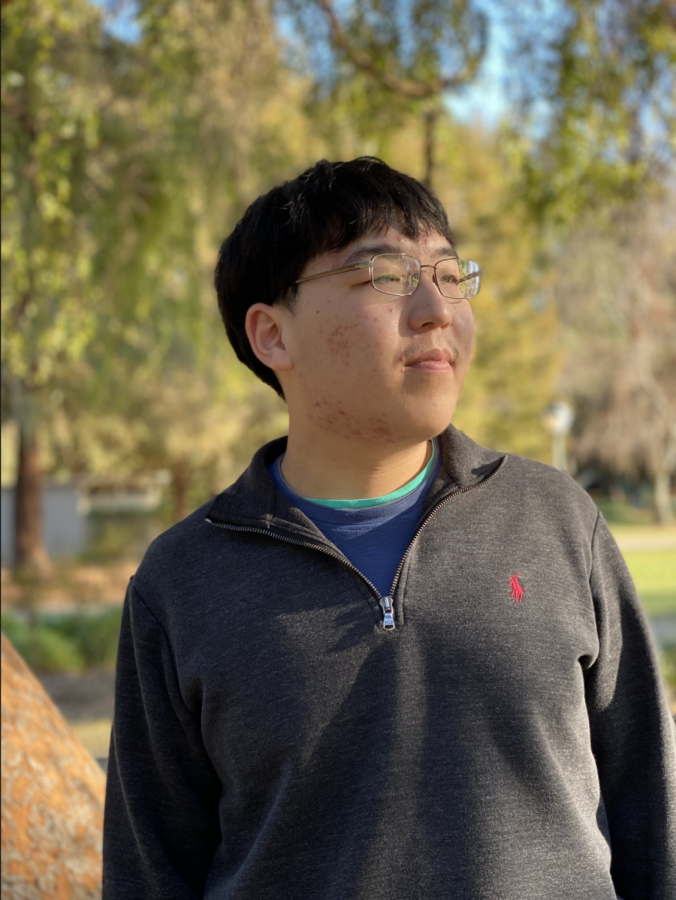

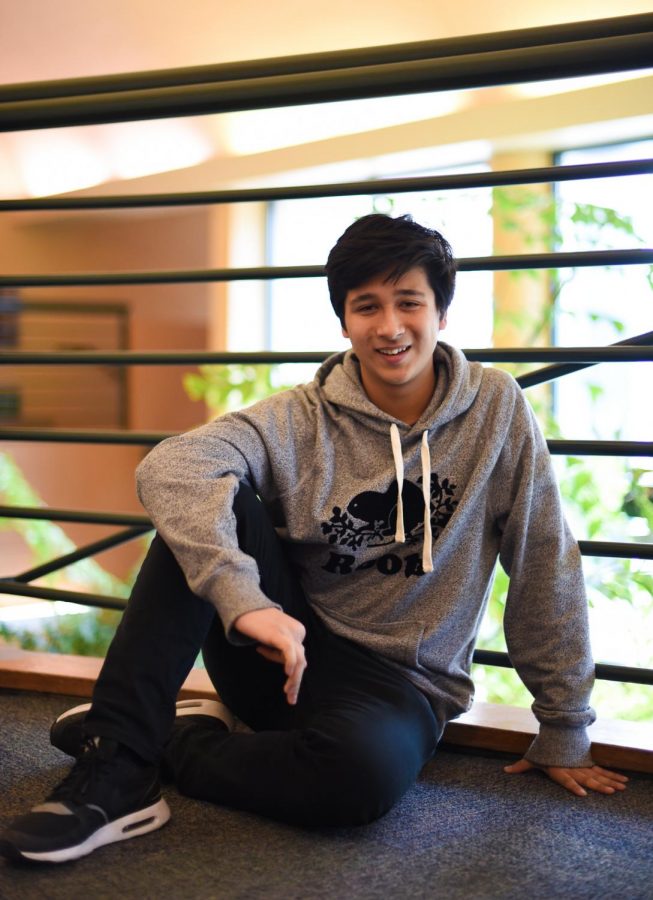
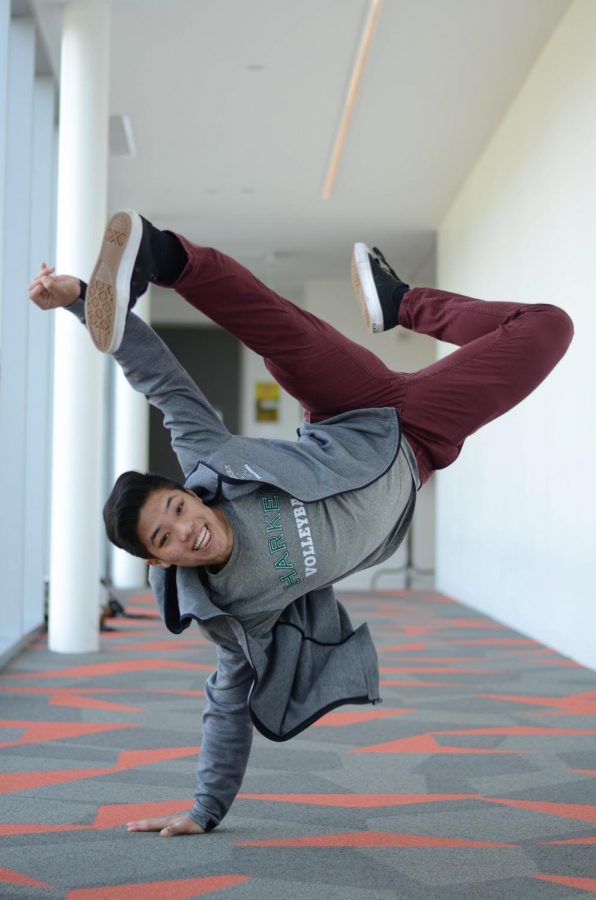


![“I think getting up in the morning and having a sense of purpose [is exciting]. I think without a certain amount of drive, life is kind of obsolete and mundane, and I think having that every single day is what makes each day unique and kind of makes life exciting,” Neymika Jain (12) said.](https://harkeraquila.com/wp-content/uploads/2017/06/Screen-Shot-2017-06-03-at-4.54.16-PM.png)



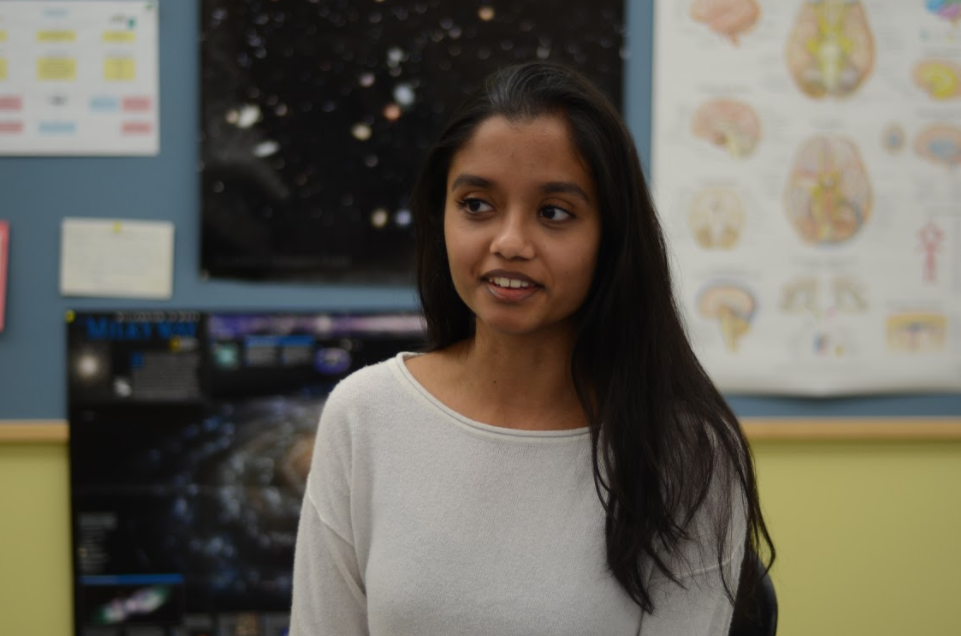




![“My slogan is ‘slow feet, don’t eat, and I’m hungry.’ You need to run fast to get where you are–you aren't going to get those championships if you aren't fast,” Angel Cervantes (12) said. “I want to do well in school on my tests and in track and win championships for my team. I live by that, [and] I can do that anywhere: in the classroom or on the field.”](https://harkeraquila.com/wp-content/uploads/2018/06/DSC5146-900x601.jpg)
![“[Volleyball has] taught me how to fall correctly, and another thing it taught is that you don’t have to be the best at something to be good at it. If you just hit the ball in a smart way, then it still scores points and you’re good at it. You could be a background player and still make a much bigger impact on the team than you would think,” Anya Gert (’20) said.](https://harkeraquila.com/wp-content/uploads/2020/06/AnnaGert_JinTuan_HoHPhotoEdited-600x900.jpeg)

![“I'm not nearly there yet, but [my confidence has] definitely been getting better since I was pretty shy and timid coming into Harker my freshman year. I know that there's a lot of people that are really confident in what they do, and I really admire them. Everyone's so driven and that has really pushed me to kind of try to find my own place in high school and be more confident,” Alyssa Huang (’20) said.](https://harkeraquila.com/wp-content/uploads/2020/06/AlyssaHuang_EmilyChen_HoHPhoto-900x749.jpeg)

